The Fallout series was an incredibly faithful re-creation of the games’ universe, but made some significant, world-altering changes to the franchise.
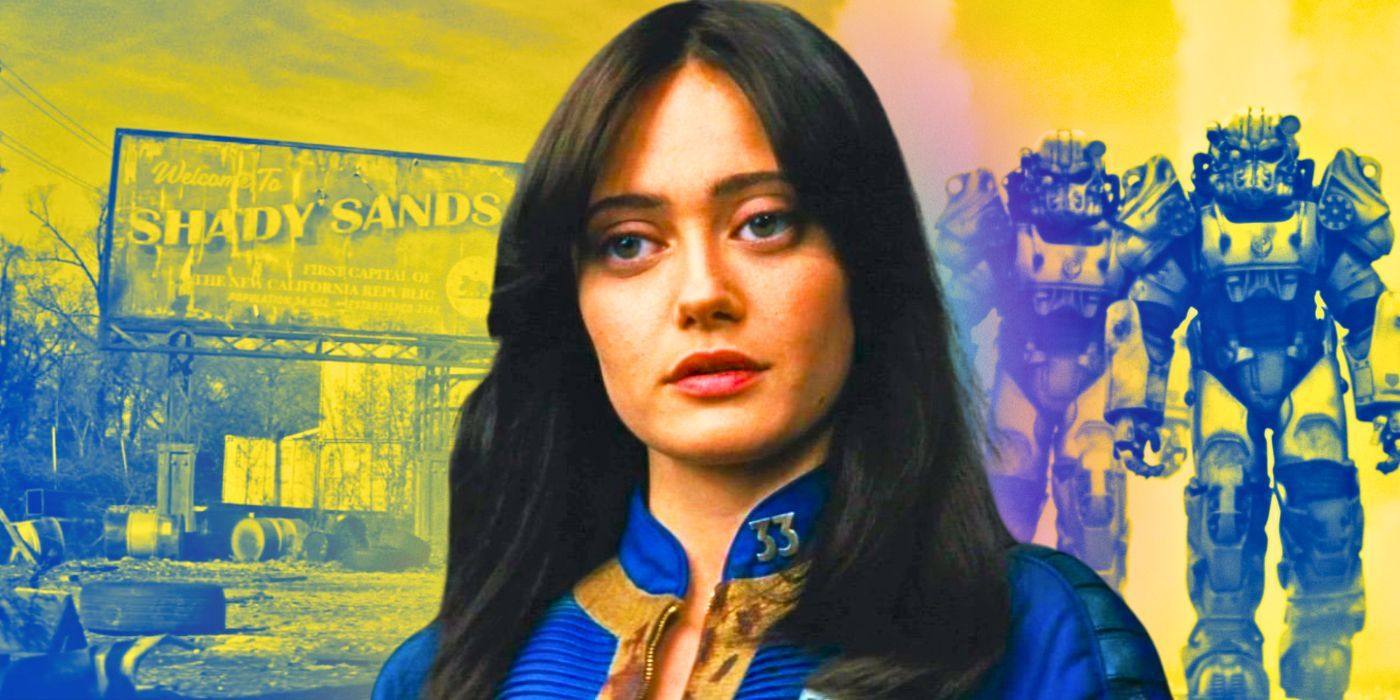
The Fallout TV series has left its mark on the canon of the classic video game franchise, with more than a few controversial additions to the series’ lore. Confirmed to be firmly set within the same continuity of the beloved game series, Amazon’s Fallout show has been met with rave reviews, impressing critics and general audiences alike. However, many fans have taken up arms with some of the show’s controversial clarifications and additions to the story of the games, taking the narrative in a new direction that some believe to be stepping on the legacy of the earlier games.
The Fallout games have always had a strange relationship with continuity, with some of them existing in a nebulous state of canon. There exists a distinct divide between games made with involvement by the series’ original creators, like Fallout, Fallout 2 and Fallout: New Vegas, and the more recent titles made by Bethesda of Skyrim fame, like Fallout 3, Fallout 4, and Fallout 76. By the end of Amazon’s Fallout series, a few world-shattering revelations have been made that almost retcon the events of the former.
8The NCR Has Been Drastically Injured
If not outright removed
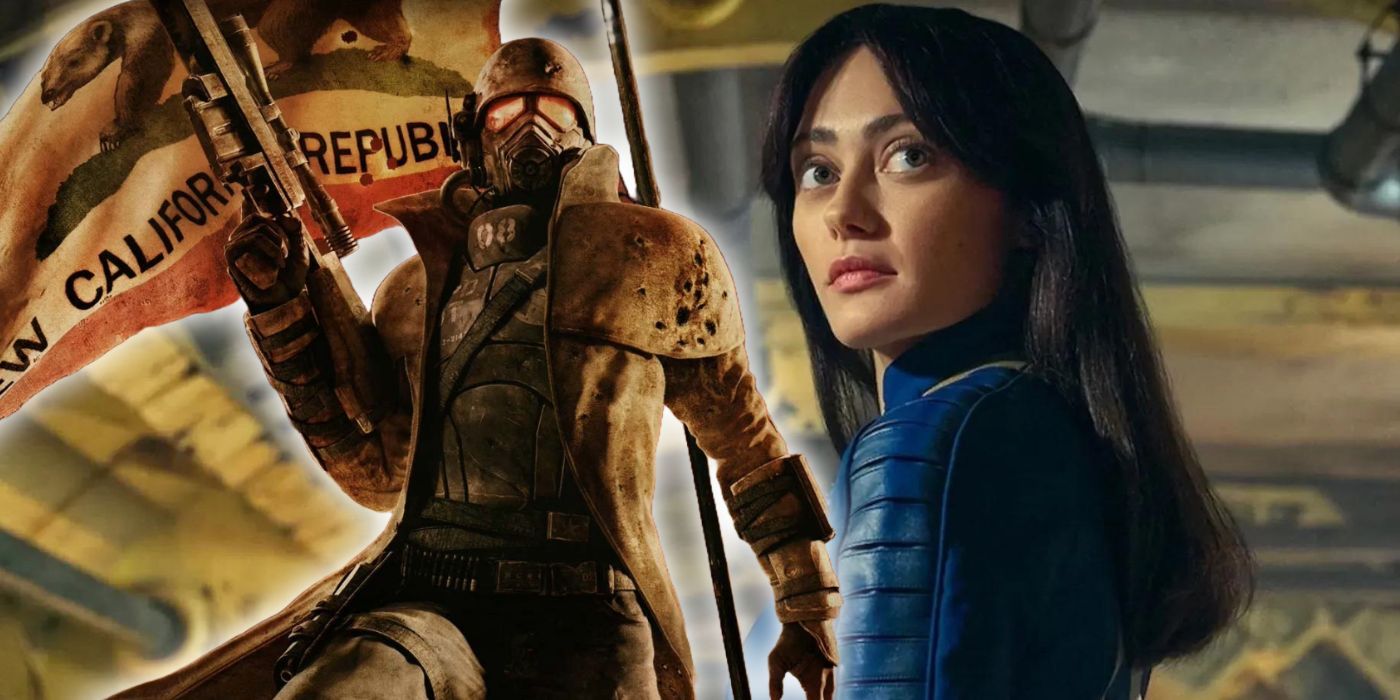
The New California Republic is one of the most significant post-apocalyptic governments in the Fallout game series. The closest thing the series has to an unequivocally good or ethical faction, the nascent government that arose in the wake of California’s nuclear detonations makes up a large part of the story for games set on the West coast, particularly Fallout: New Vegas. Yet in the show, it seems as though their presence has been greatly diminished, if not straight-up eliminated.
Because of the destruction of Shady Sands, the NCR’s founding city, their government seems to have collapsed completely, with no wasteland survivor of the show mentioning any fealty to them. While Moldaver does appear to have led a faction of NCR remnants on the outskirts of Shady Sands’ ruins, they are almost assuredly wiped out by the Brotherhood of Steel by the end of the first season. Considering the NCR is a massive multi-state empire in Fallout: New Vegas just before Shady Sands’ destruction, it seems odd that the death of a single city would hurt them so much.
7Shady Sands Was Turned Into A Crater
One of the most important locations in the Fallout universe now lays in ruin
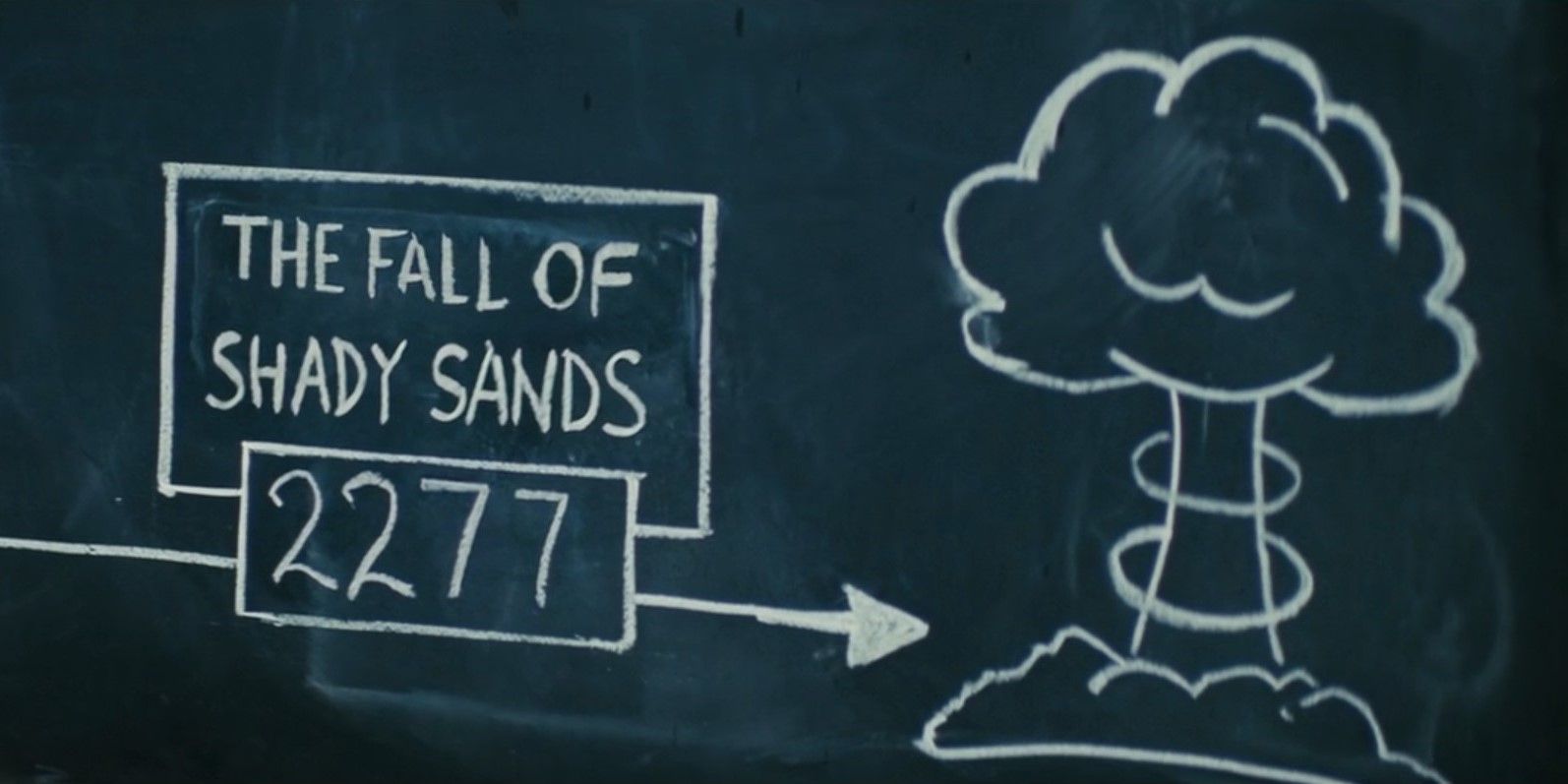
Beyond being the founding city of the New California Republic, Shady Sands is integral to Fallout‘s lore. The town can be visited by the player character in both Fallout and Fallout 2, being simply renamed as the New California Republic by the events of the latter game. This means that the Fallout show creators made the callous decision to utterly undo the progress of the cradle of civilization on the West coast by having the entire city reduced to a crater thanks to the efforts of Hank MacLean, the NCR a threat to Vault-Tec’s hold on the wasteland.
The now-infamous chalkboard timeline of the Fallout show initially seemed to suggest that Shady Sands was nuked only a few years before the events of Fallout: New Vegas, despite the vast NCR presence in that game making no mention of the city’s fall. It has since been clarified that the “Fall of Shady Sands” in 2077 instead points to some kind of societal decline or otherwise disastrous event that limited the city’s presence in the years leading up to the nuclear detonation. The destruction of one of the series’ most important locations has a huge impact on the Fallout narrative.
6Caesar’s Legion Seems To Also Have Been Wiped Out
With the NCR goes one of their fiercest competitors
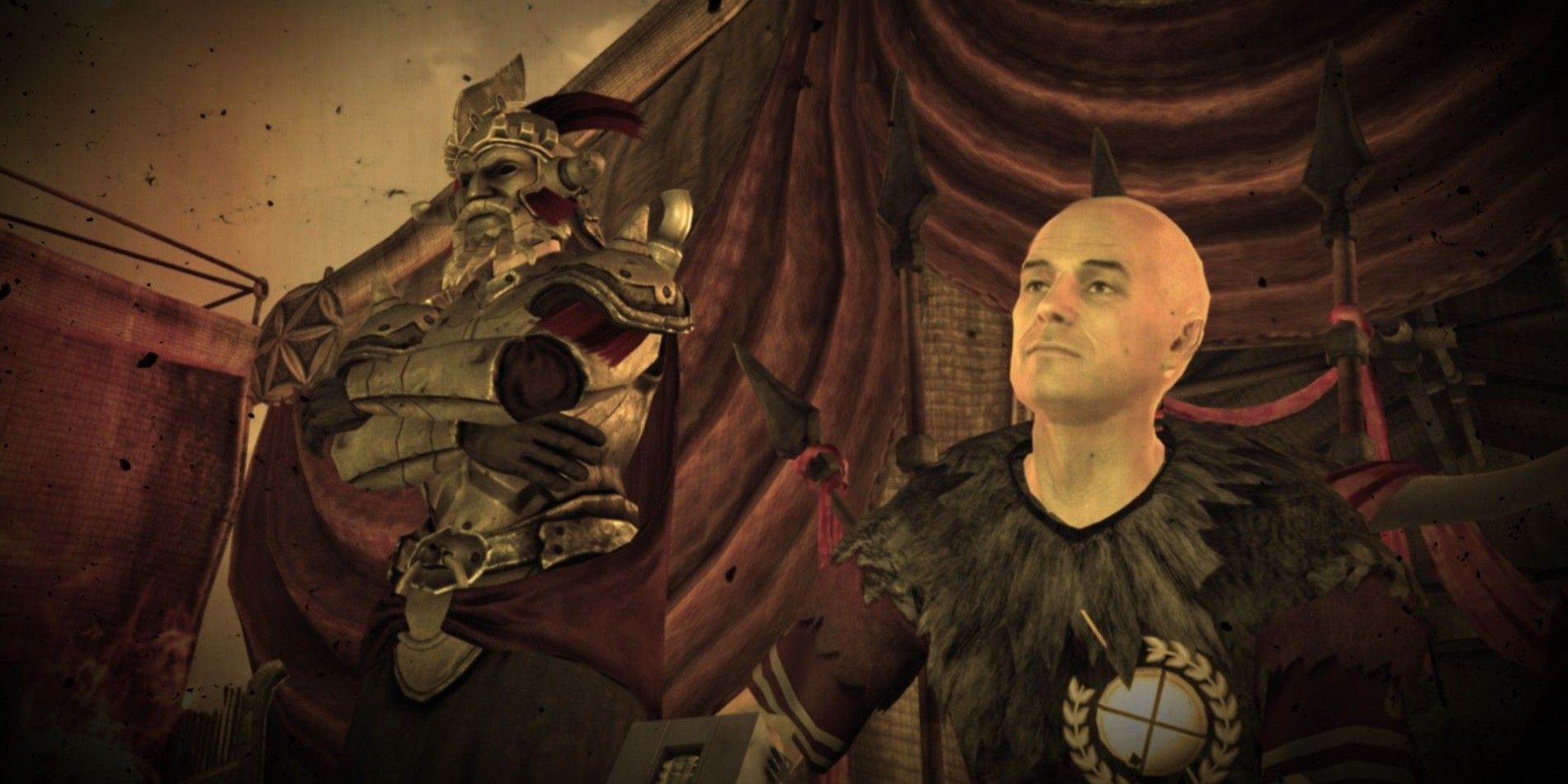
The New California Republic isn’t the only integral faction to Fallout‘s lore whose power has been diminished by the Amazon show. One of the most fearsome banners to ever fly over the American wasteland, Caesar’s Legion is a massive nation of raiders that clashes with the NCR in Fallout: New Vegas. Modeled after the ancient Roman empire, Caesar’s Legion is a tyrannical society of slavers out of Arizona that has expanded aggressively across the Southwest, trading blows with the NCR’s expiditionary expansions Eastward and absorbing the strength of multiple tribes of raiders.
Their biggest enemy out of the picture thanks to the actions of Hank MacLean, it stands to reason that the Legion would have continued to aggressively expand Westward in the wake of the crumbling NCR. No other factions depicted in Fallout: New Vegas should’ve been numerous or powerful enough to defeat them, giving the roaming bands of legionaries essentially free rein over Southern California. Yet the Legion are nowhere to be seen in the Fallout TV show. Whether they were defeated by the player character in Fallout New Vegas or another force remains to be seen.
5The Enclave Is Back
The stubborn remnants of the American government return once again
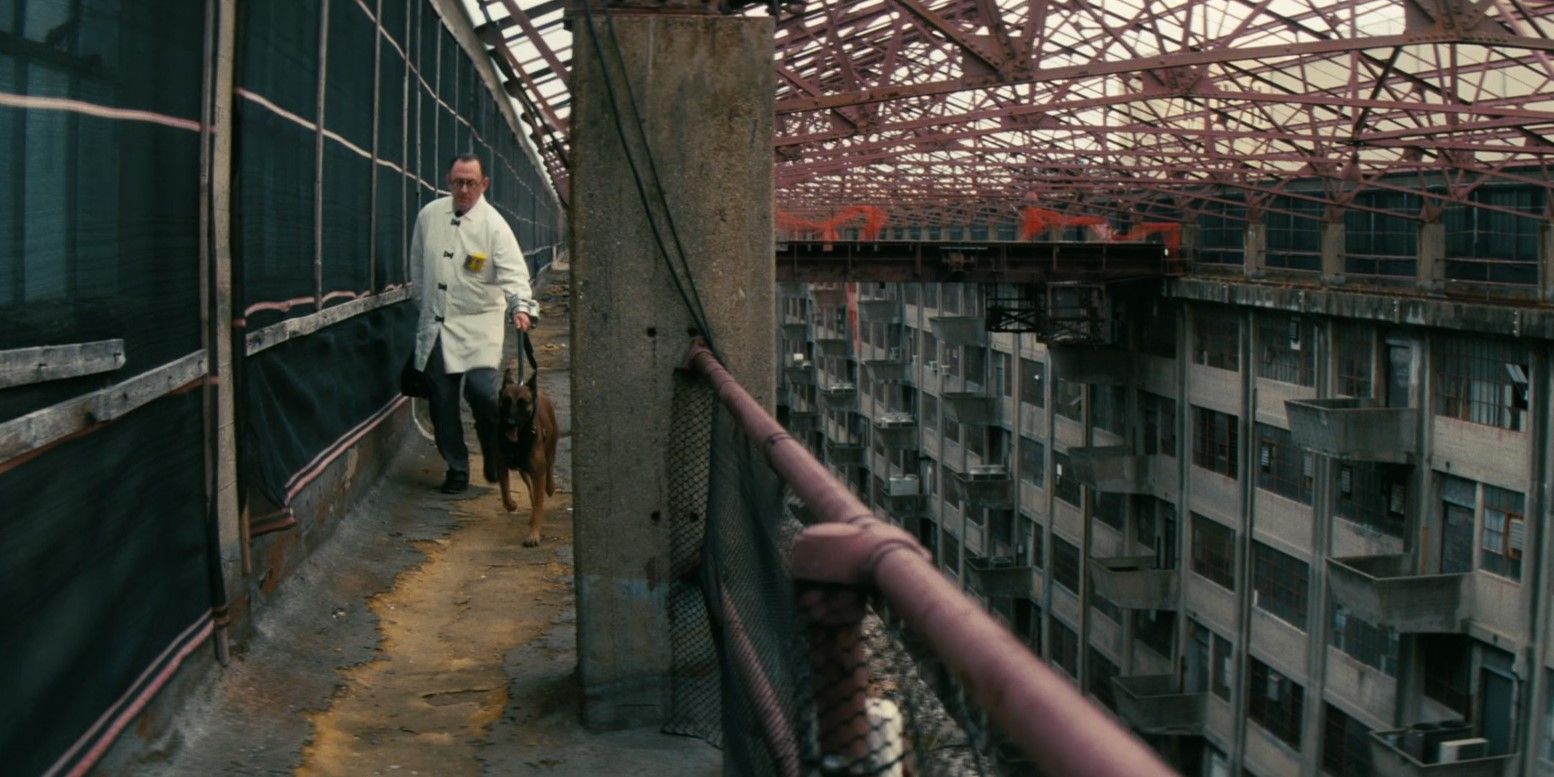
As certain powerful factions in the Fallout universe quietly become extinct in the new Amazon series, other long-dormant organizations rear their heads once more. Enter the Enclave, recurring villains of the Fallout universe that have once again made some kind of presence on the West coast. The American Government’s answer to Vault-Tec’s private plans of long-term survival and rule over the post-apocalypse, the Enclave are a paramilitary organization built out of the ashes of the United States military, known for their secrecy, xenophobia, and unique experimental power armor.
The Enclave were last seen on the West coast in Fallout 2, operating out of an offshore oil rig in the Pacific Ocean. This base is destroyed by the player character of Fallout 2, for all intents and purposes, resulting in the dissolution of the faction after any survivors are hunted down by NCR rangers. Yet in the Fallout series, it seems as though the Enclave is still secretively operating in a different high-tech base somewhere in California, as the scientist Wilzig defects from the organization with sensitive knowledge of cold fusion technology.
4The Brotherhood Of Steel Have Had Their Numbers Bolstered
From an isolated chapter hiding in a bunker to a dedicated fighting force
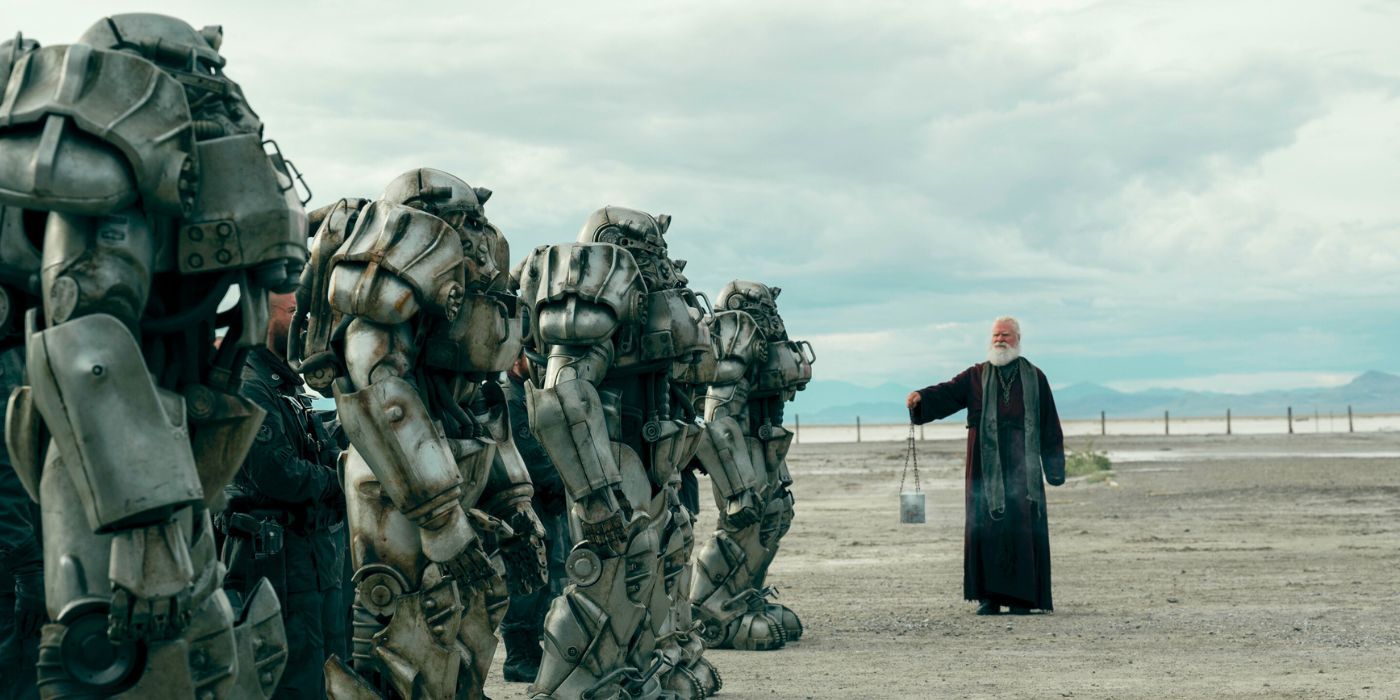
The Enclave are far from the only Fallout faction to be given a significant boost in power by the events of the show. The Brotherhood of Steel themselves are given a dramatic increase in power and influence by the events of the series, as seen through the lens of the squire Maximus. Prior to the events of the series, the Brotherhood of Steel had sent a significant number of their forces Eastward in order to track down the remains of the Enclave. Following that, a war broke out between the Brotherhood and the NCR, resulting in heavy losses.
By Fallout: New Vegas, the Brotherhood is reduced to a single small bunker operating out of the Mojave Desert, a far cry from their once populous numbers on the West coast. Yet by the show’s place in the timeline, they seemed to have experienced a drastic resurgence, bolstering their numbers with survivors of Shady Sands like Maximus. The cause of this sudden and drastic uptick in power, resources, and numbers remains unexplained by Amazon’s Fallout, and with the Brotherhood acquiring cold fusion power by the end of the first season, their dominance over the West will seem to only grow.
3Vault-Tec Is Implied To Have Dropped The First Bombs
Directly clashes with the established Fallout mythos
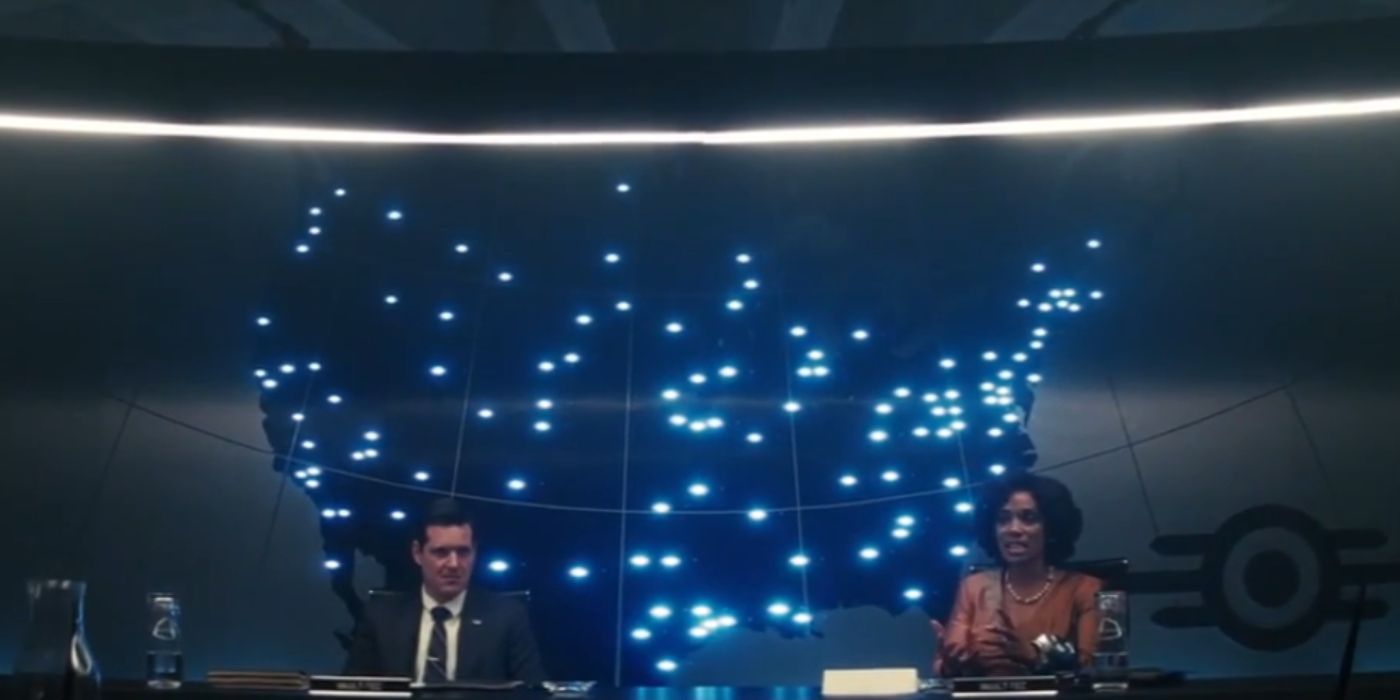
The crux of Fallout‘s post-apocalyptic setting is the dropping of nuclear bombs over the continental United States, the culmination of a great resource war between the U.S. and China in the series’ 50s retrofuture. Previously-established lore confirmed that China was the one to strike first, littering the American countryside with mushroom cloud after mushroom cloud and transforming the landscape into the twisted, irradiated wasteland Fallout fans know and love. It can be assumed that the U.S.’s retaliatory strikes similarly decimated China as well, if not the rest of the world.
Once upon a time, it was merely a fan theory that it was none other than Vault-Tec themselves who dropped the first nukes, tricking the superpowers into bombing each other in order to reap the rewards of their preparations. Now, Amazon’s Fallout confirms this fan-theory by heavily implying that it was indeed the lovable blue and yellow company who triggered nuclear annihilation, guaranteeing themselves a chance to re-shape the world at their own whims. Even if this change directly contradicts established lore, it certainly fits within the tone and themes of the franchise as a whole.
2Mr. House’s Motivation Is Completely Different
One of the most significant figures in Fallout canon became a lot pettier
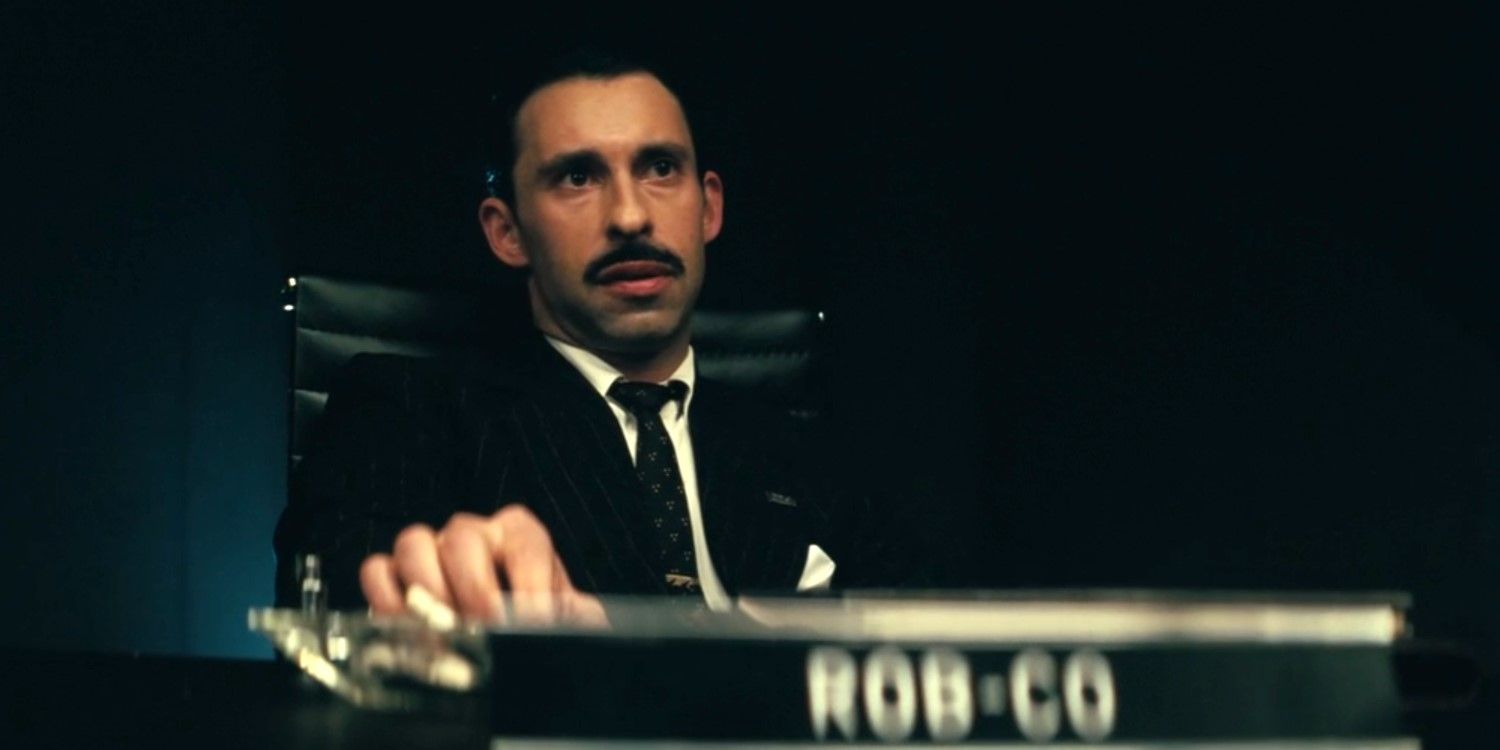
The world of Fallout is known for its various brands of technological manufacturers, each responsible for astounding sci-fi creations. Not the least significant of which is RobCo, who created much of the Fallout world’s robotic companions and enemies, such as the Securitrons and Mr. Handy units. Their founder was the enigmatic Mr. House, a Howard Hughes-like figure who actually appears in Fallout: New Vegas, having survived with an artificially-increased lifespan thanks to his fantastic technology.
The show gives Mr. House a pre-war cameo at Vault-Tec’s clandestine meeting with other industry leaders, expressing an interest in their plan to monopolize the apocalypse. This narrow-minded depiction of Mr. House’s goals contradicts his earlier appearance. In Fallout: New Vegas, Mr. House is motivated not by simple numbers or power, but by a genuine desire to reincarnate humanity as a technologically advanced society, taking to the stars in order to find a new home. It could be that Mr. House re-considered Vault-Tec’s proposal in the years following their meeting, but his appearance does betray his original values.
1Power Armor Has A Critical Weakness
The imposing suits aren’t quite so bulletproof after all
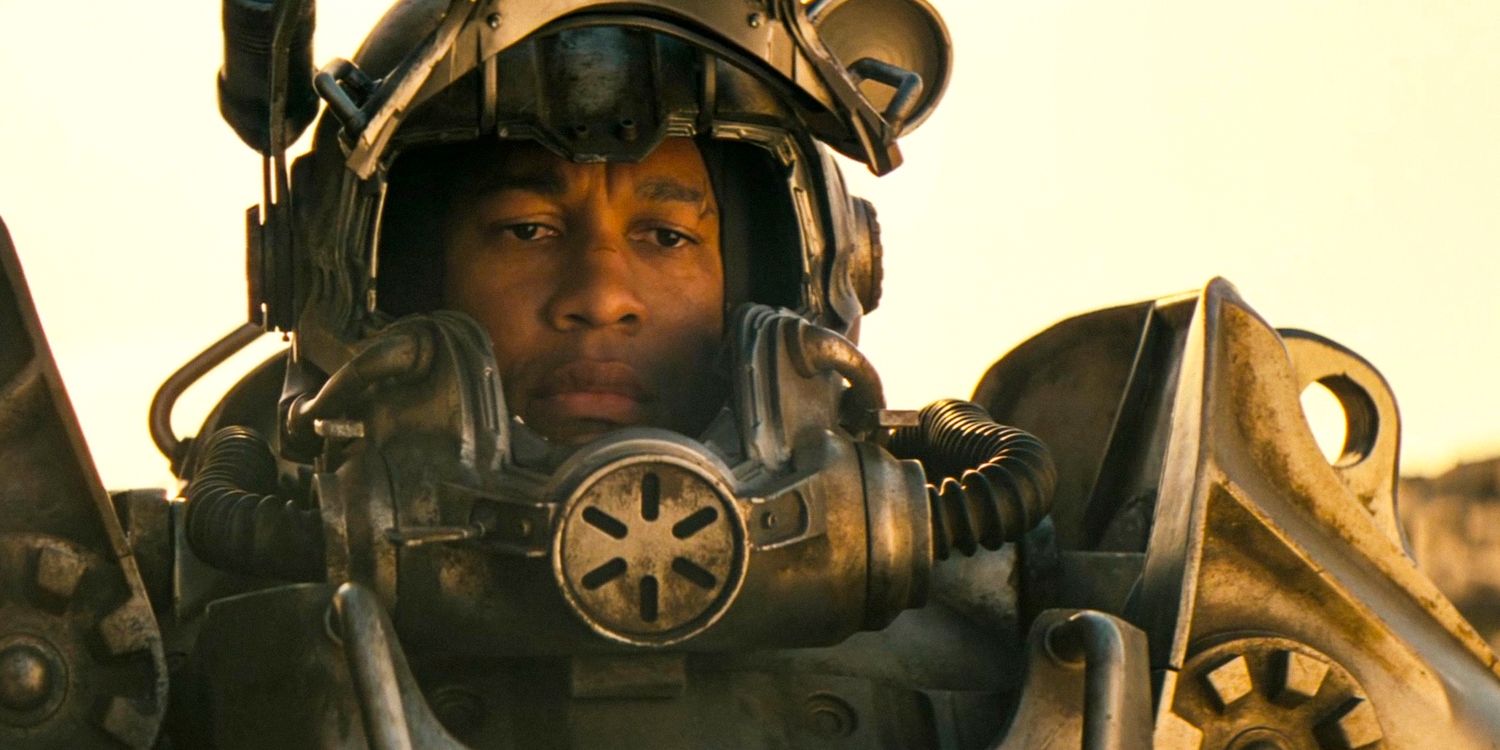
Image via Prime Video
The power armor used by the Brotherhood of Steel is one of the most iconic sights in the entire Fallout series, featured on the cover of most of the games. Fusion-powered mech suits that are completely impervious to small-arms fire, the suits are nearly equivalent to tanks in terms of strategic importance, single-handedly turning the tide for the United States during their introduction in the Battle of Anchorage. Among the Fallout series’ many changes to power armor, the introduction of a critical weakness undermined their strength.
In the show, Walton Goggins’ The Ghoul reveals himself to have been a former power armor operator in the United States military, wearing the original T-45 model. The Ghoul explains that this model had a defect that allowed a single bullet to pierce the mid-abdomen, which seemed to have been carried over to the later models. Considering a single Brotherhood of Steel knight in power armor was said to be the equivalent of at least 15 NCR soldiers in Fallout: New Vegas, this critical lore component completely re-contextualizes power armor’s importance in the Fallout canon.





